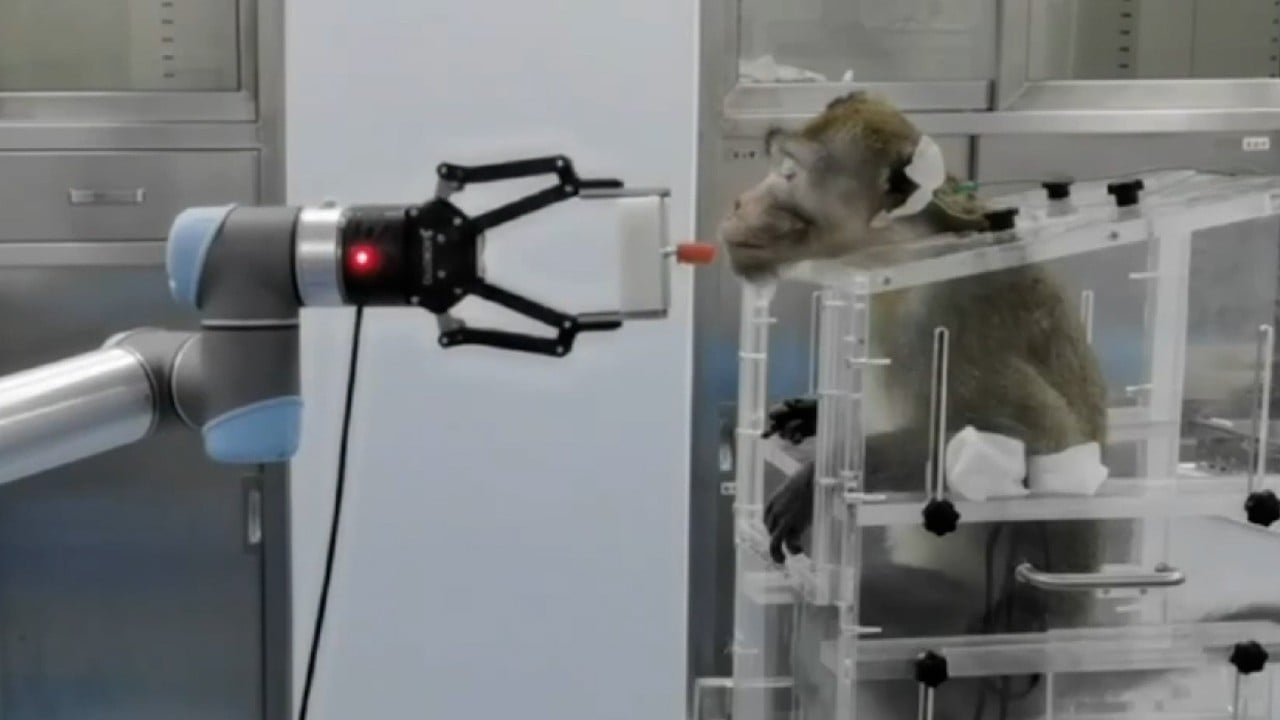
Chinese scientists use massive databank and AI to try to predict dementia 15 years before symptoms start
- Team finds ‘important plasma biomarkers for future dementia prediction’, with algorithm playing a crucial role in research: professor
- Researchers tapped into 50,000-strong UK Biobank cohort, 1,400 of whom developed dementia within 10 years of the initial data collection
The scientists used a database of more than 50,000 people to identify proteins linked to a risk of developing different types of dementia, and with the help of AI the team created a predictive model to assess disease risk.
The use of artificial intelligence was “one of the key factors for the success of this research”, Yu Jintai, study author and neurology professor at the Fudan University-affiliated Huashan Hospital said.
Using the data-driven strategy, the scientists “innovatively identified important plasma biomarkers for future dementia prediction” the team wrote in a paper published in the peer-reviewed journal Nature Ageing on Monday.
But scientists have bigger goals in mind for blood biomarker tools, such as using them to accurately predict whether a patient could develop the disease in future, even before they exhibit any clinical symptoms.
There is no cure for dementia and being able to understand if a person could develop it might allow for early diagnosis and intervention, according to the authors of the paper.
The large-scale study of proteins – also called proteomics – can be used to find potential drug or diagnostic interventions for diseases and to better understand how the human body works.
However, systematically studying proteins in the blood proved to be difficult because of “technical constraints” and a lack of comparison methods, the team wrote.
To overcome this barrier, the team employed the help of the massive UK Biobank cohort, which enrolled more than 50,000 people aged 40 to 69 and had a median follow-up period of 14 years starting in the mid-2000s.
Just over 1,400 of the subjects in the biobank cohort – who all provided biological samples and demographic information – developed dementia within 10 years of the initial data collection.
The biobank recently released a new data set of more than 1,400 plasma, or blood, proteins found in the participants’ samples during the initial intake and follow-up sessions.
Decoding dementia: SCMP Lifestyle Series presents research into causes and treatment
This data release gave the team an “unprecedented opportunity” to conduct a proteomics study on blood proteins associated with the development of dementia, the paper said.
It allowed them to “trace the trajectories of plasma proteins back from the time of dementia diagnosis and assess when each protein begins to deviate from normal control values”, they wrote.
The scientists found hundreds of associated proteins, but focused their study on a handful of “important proteins” found to have begun changing in expression up to at least a decade before the clinical onset of dementia.
The machine learning algorithm was used to determine which of the proteins created a better prediction model and checked it against the biobank data that showed which subjects had developed dementia.
The algorithm, which played a “crucial” role in this research, had “powerful pattern recognition and prediction capabilities”, allowing for more efficient screening of the large-scale data set, Yu said
According to the team, including protein data by itself into a prediction model was “unlikely to attain the highest predictive accuracy”.
To develop an “optimal predictive algorithm that is non-invasive, cost-effective and easily accessible”, they combined data on a protein called GFAP – which they found was associated with more than double the risk of dementia – with demographic information such as age and sex.
Their final, combined predictive model shows promise for being able to provide “an accurate prediction of future dementia, even more than 10 years before the diagnosis”, according to the paper.
And compared with imaging scans or spinal taps used to screen people for disease risk, their method could also “offer considerable cost benefits”, the paper said.
Beijing urges breakthroughs in chips and quantum computing to command future
The team said there remained limitations in their study, as more than 90 per cent of the biobank cohort subjects were white and therefore not representative of the world’s population. The proteins examined also do not involve the entire human proteome.
However Yu said the team was now also conducting research on a cohort of Chinese, which would allow them to examine similarities and differences with the British-based database.
Its work so far had “provided clues for the development of new treatments and intervention strategies”, he said, adding that the team was also using the biobank to examine other brain-related conditions, such as depression and Parkinson’s disease.



